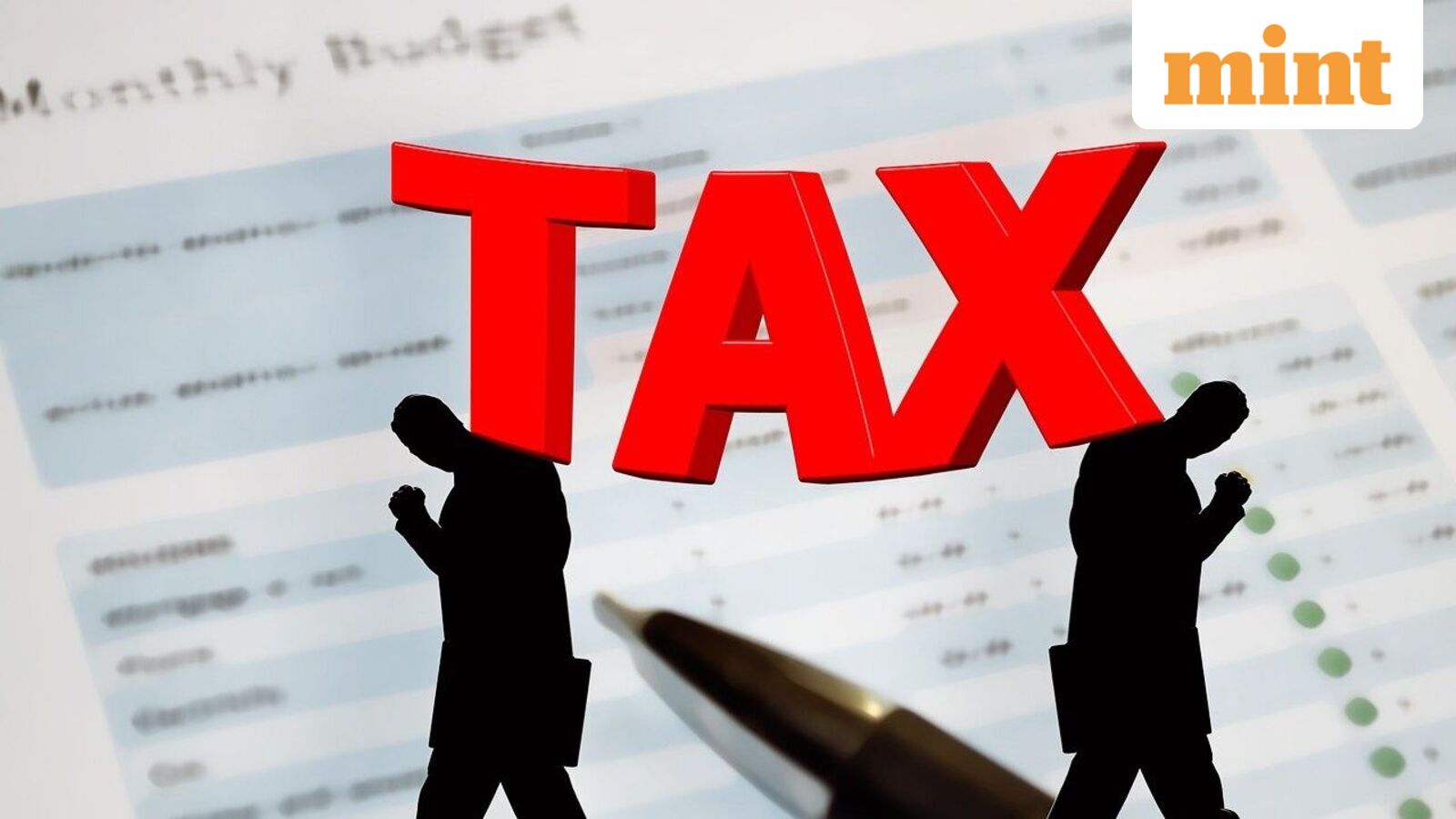If your estimated tax liability for the year, after reducing TDS and other tax credits, is more than ₹10,000, you are generally required to pay advance tax. That simple threshold, however, is only part of the picture. Here’s what else you should know to stay compliant and avoid interest or penalties.
Who must pay advance tax?
- Self-employed professionals, freelancers, business owners and investors with income not fully covered by TDS.
- Salaried individuals who expect their total tax payable (after TDS) to exceed ₹10,000.
- People with significant income from capital gains, rent, interest, or other sources where tax is not deducted at source.
- Note: If your employer deducts sufficient TDS to cover your tax liability, you may not need to pay advance tax — but still check the numbers yourself.
How to calculate whether you owe advance tax
- Estimate your total taxable income for the financial year (salary, business/profession, capital gains, other income).
- Calculate the total tax payable on that income, including cess and surcharge where applicable.
- Subtract TDS, TCS and any tax credits already available.
- If the remaining tax payable is more than ₹10,000, you must pay advance tax on that balance.
Quick example
If your estimated tax on total income is ₹90,000 and your TDS so far is ₹82,000, the balance ₹8,000 is below the ₹10,000 threshold — no advance tax needed. But if TDS is ₹78,000, the balance ₹12,000 triggers advance tax payments.
Payment schedule and instalments
Advance tax is normally paid in instalments across the financial year. The commonly followed schedule is:
- 15% by 15 June
- 45% by 15 September (cumulative)
- 75% by 15 December (cumulative)
- 100% by 15 March (cumulative)
These percentages are of the total estimated tax liability for the year. Some categories of taxpayers may have different rules or obligations, so check your specific situation if unsure.
Consequences of under‑payment or late payment
- Shortfall in advance tax payments can attract interest under tax provisions for delayed or insufficient payment.
- Interest is charged on the amount and period of delay — even if the final return shows the correct tax due.
- Persistent default may also lead to penalties beyond interest, so it’s best to stay up to date.
Practical tips to stay on track
- Revisit estimates periodically: If income rises or falls during the year, revise your advance tax calculations and pay the difference.
- Factor in TDS: Don’t assume no advance tax if you already have some TDS — always compare estimated liability after credits.
- Pay online: Use the tax department’s portal or authorized payment modes to ensure timely credit and receipts.
- Keep records: Retain payment challans and calculation notes in case you need them when filing returns or resolving queries.
- When in doubt: Consult a tax professional — small estimation errors can lead to avoidable interest charges.
Staying aware of the ₹10,000 threshold, estimating income realistically, and following the instalment schedule will help you avoid surprises at tax‑filing time. Simple checks each quarter can save money and stress later.
